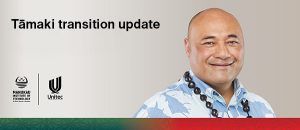Unitec whānau honour the life and mourn the sad passing of Lance Laulala
07/07/2025
Unitec kaimahi and ākonga share their experiences as I-Kiribati in Aotearoa
07/07/2025
Minister impressed with Unitec’s creative potential
04/07/2025
Remembering Rodger Gibb
04/07/2025
French rugby team welcomed to the country at Unitec
03/07/2025
Philippines looks to Unitec and MIT for future collaboration
02/07/2025
No Events


